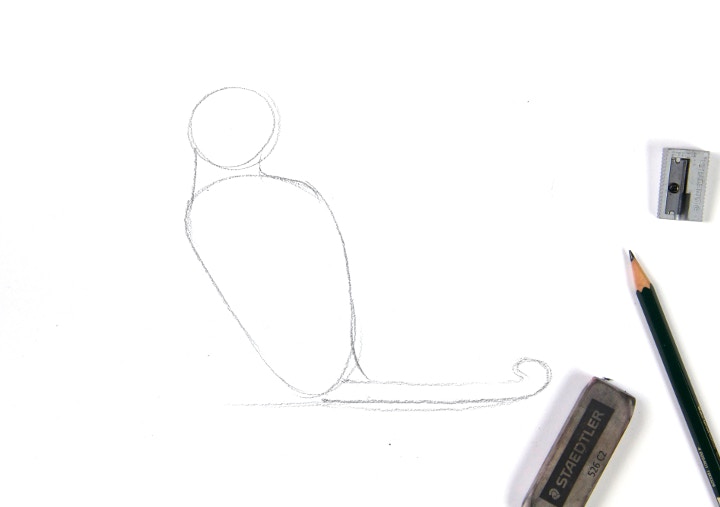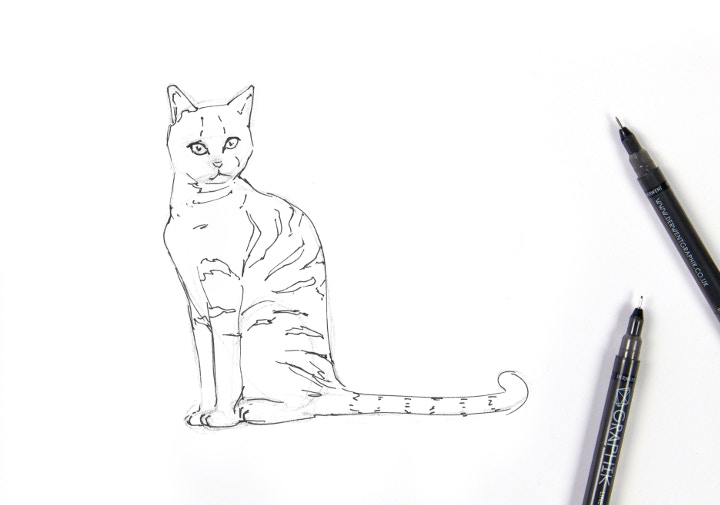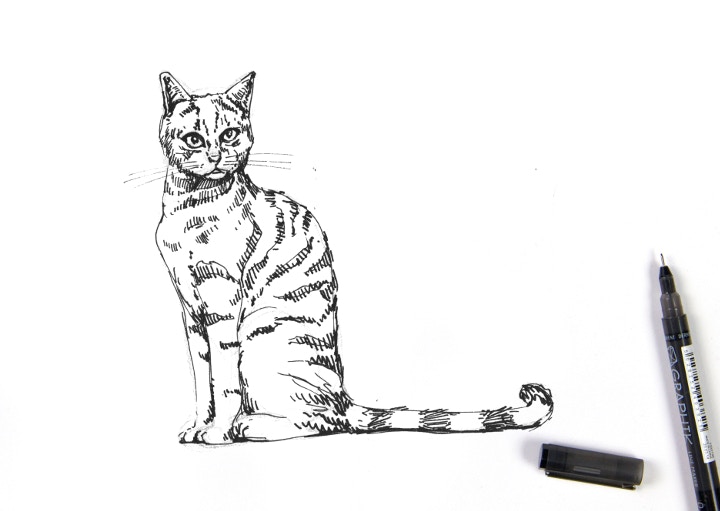Draw Cats in 5 Simple Steps with Jake Spicer
Posted by Cass Art on 3rd Jun 2018
If you've taken up drawing for the first time, it can often be hard to know which subject matter to start with. Thankfully we have author and illustrator Jake Spicer to help out in that department, as he will be sharing several START DRAWING tutorials over the next few weeks.
Jake is well known for drawing portraits, faces and animals fluidly and accurately within 15 minutes. As part of our START campaign, his drawing tutorials will cover several subject matters exclusively for Cass Art - so you'll be sketching with confidence in no time!
Jake is going to show us how to draw one of his most beloved subjects in 5 simple steps - the cat. (Everyone loves cats.) Watch out for his future drawing tutorials on portraits, full figures and more on our blog.
But back to cats. Using Jake's clear visual instructions and our drawing kit list, you can start drawing the cuddly critters today. You'll be impressing your friends, family and favourite furry feline with the purrfect results in no time. (Forgive us - we couldn't resist.)
The drawing materials you'll need:
Cass Art Heavyweight Cartridge Drawing Pad
Faber-Castell 9000 Pencils Set of 6
Staedtler Eraser and Sharpener

How to START drawing cats:

1. Drawing the head and body
In pencil, quickly and loosely establish the shape of the cat with a rounded shape for the mass of the head, a flowing line along the spine and tail, and rounded shapes for the haunches and chest.

2. Establish limbs
Still drawing in pencil, lightly sketch in the limbs and features of the face. Use circles for joints and paws shapes to underpin the position of the joints.

3. Clarify the outline pf the drawing
Use a fine-tipped pen like the Graphik Line Maker from Derwent to define the structure of the body. Put your marks down quickly and confidently, building on the pencil construction. When the ink is dry, erase the pencil.
4. Elaborate on Shadows and Markings
Define the shapes of shadows and markings in the body. Use a broken line and marks that won't overwhelm the later textural marks. Use a thicker pen to give greater focus to the shapes of shadows in the head and paws.

5. Elaborate on Tone and fur of the drawing
Use your broadest marker pen to add tone to the drawing in textural marks. Keep your marks selective and well considered. Draw your marks in the direction that you would stroke the cat’s fur and build up marks to create darker tones for shadows and markings.
Feeling inspired?
Visit Jake's blog here or follow him on Twitter @BrightonDrawing



